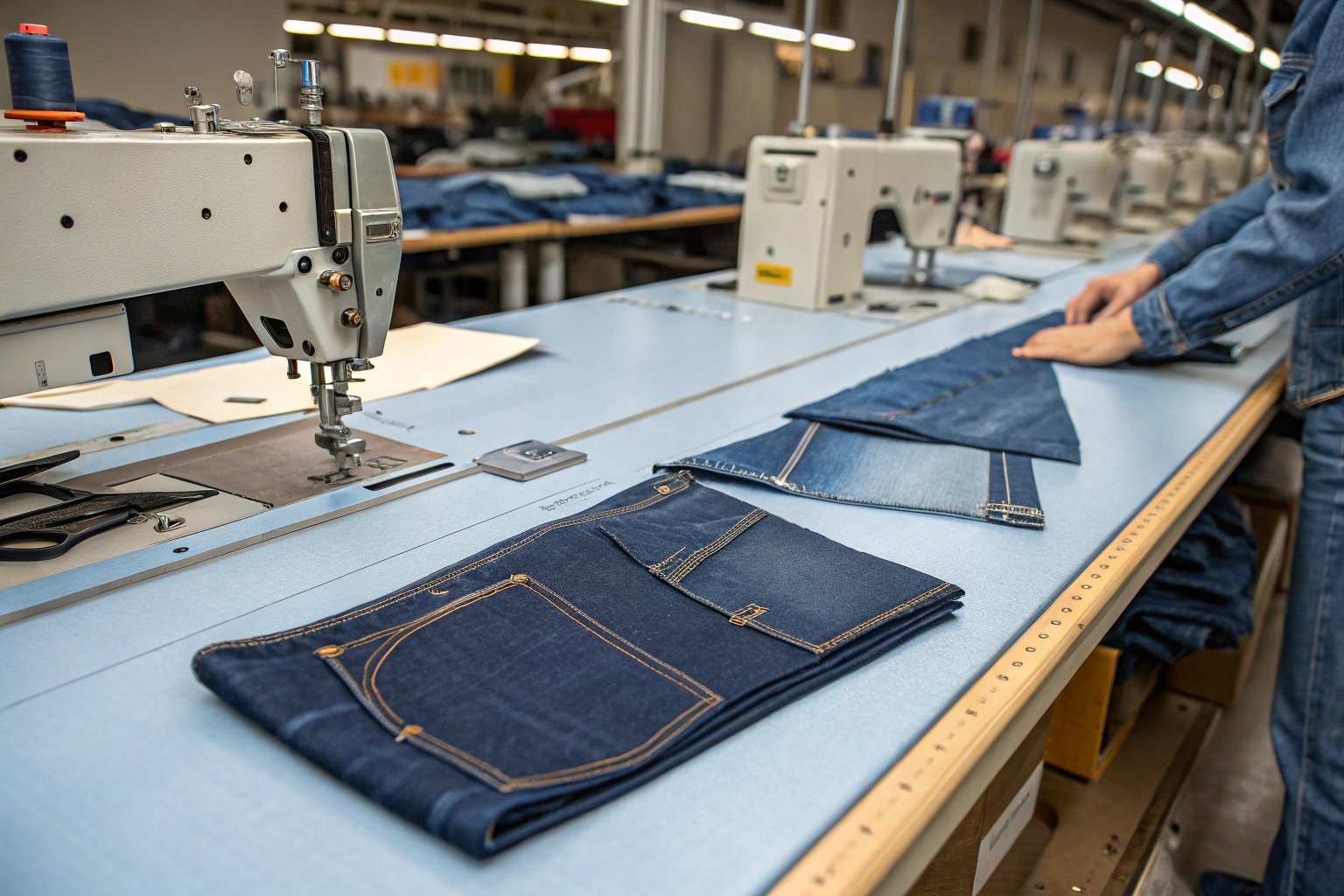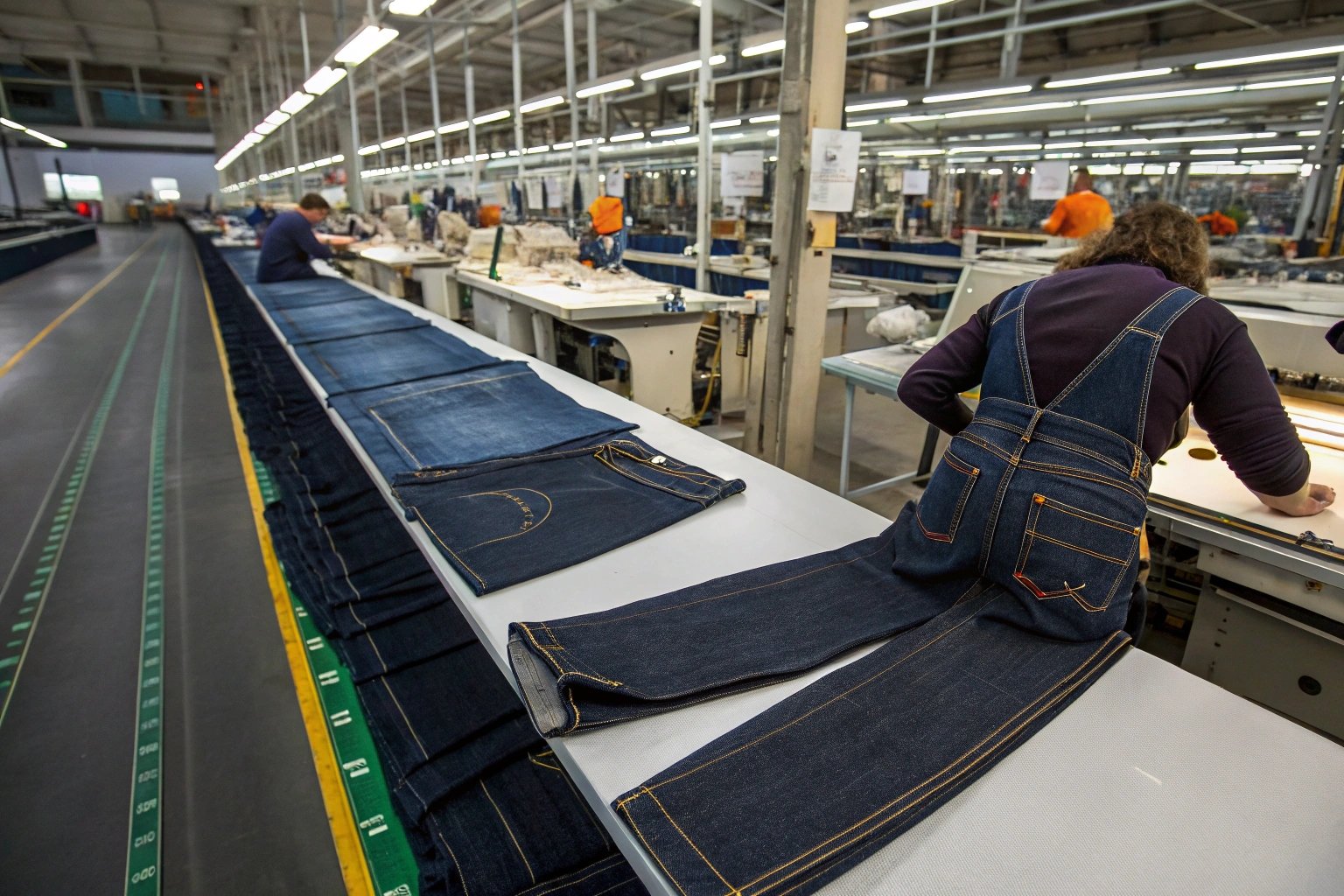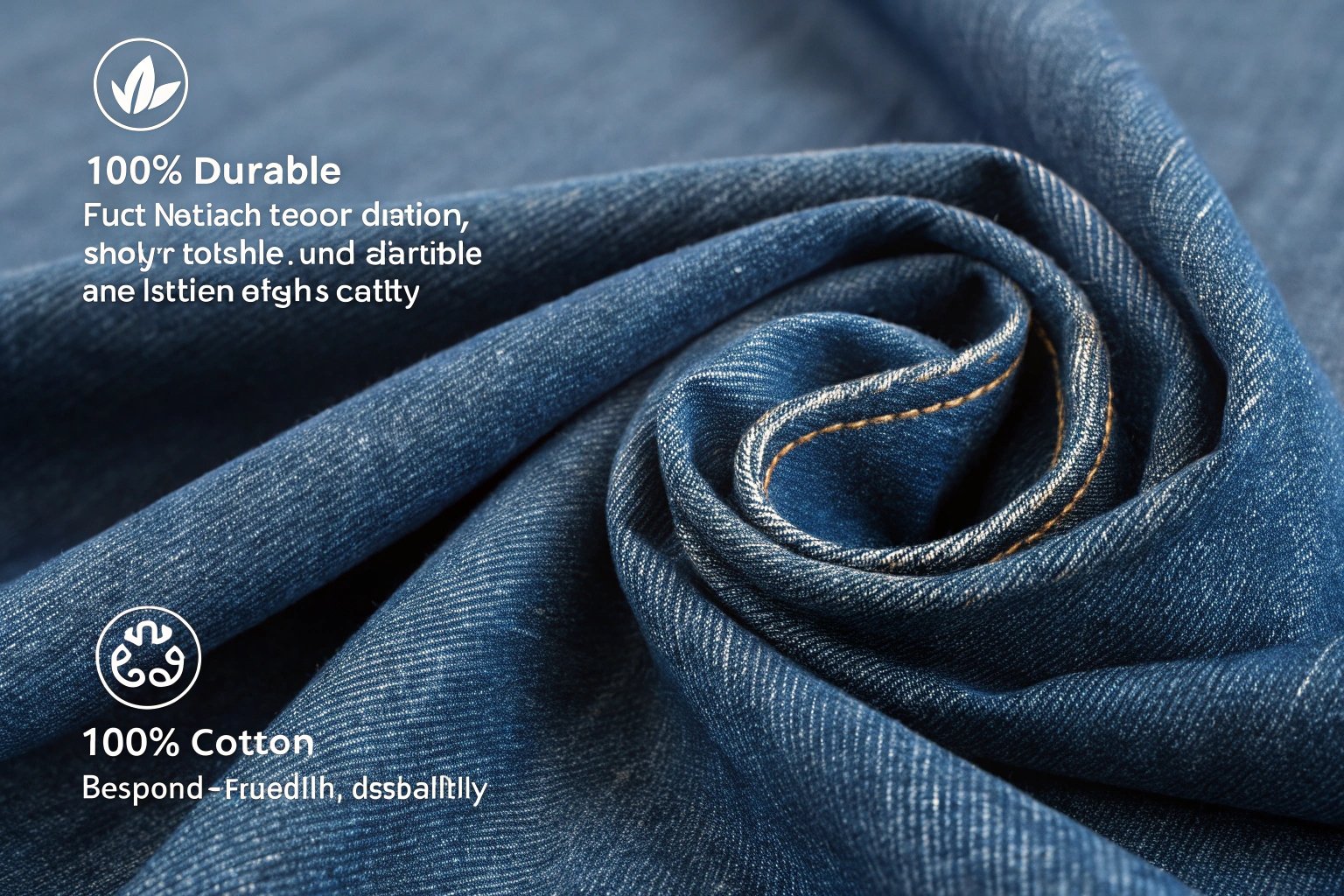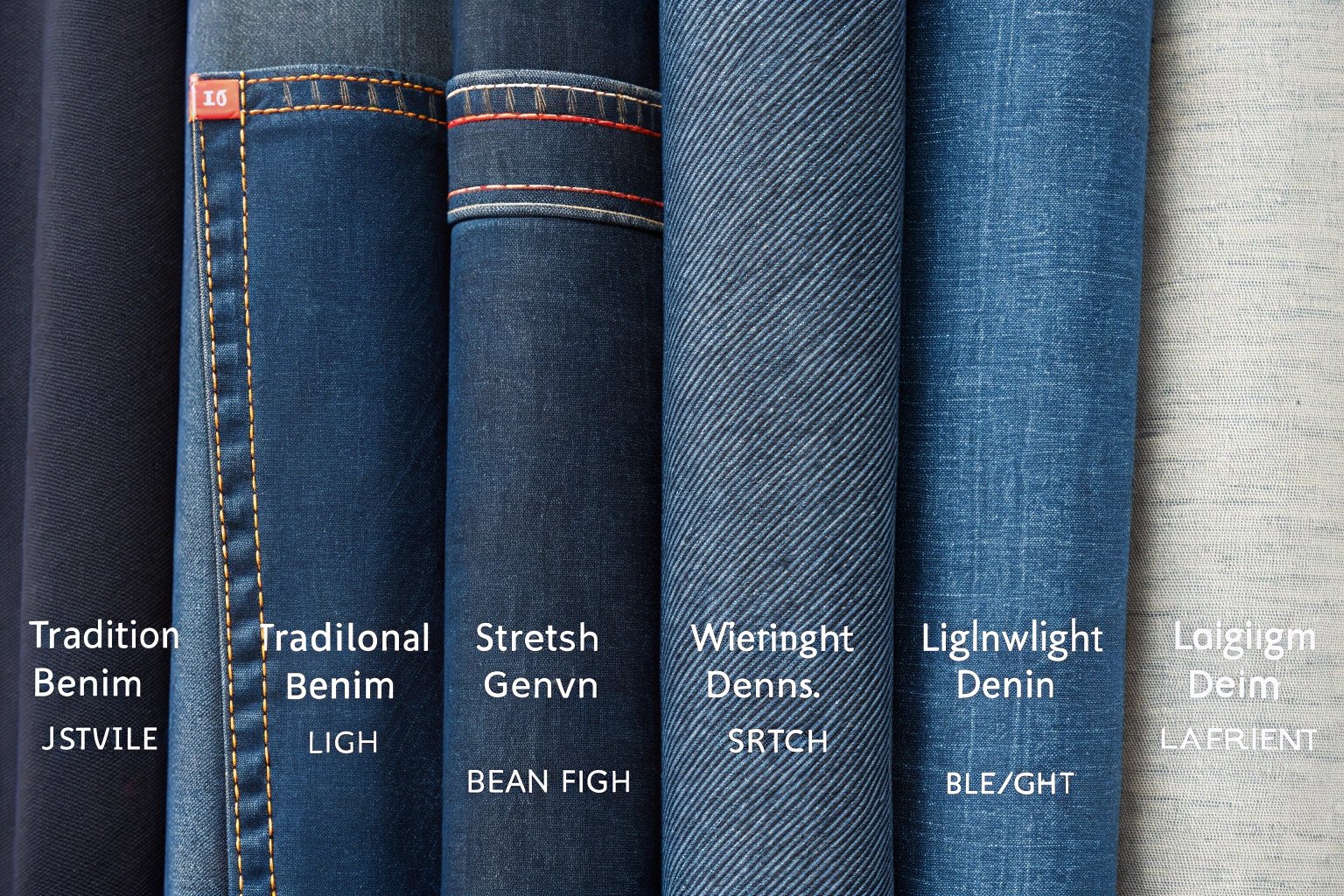Jeans have been a wardrobe staple for decades, known for their durability, style, and versatility. But what exactly goes into making a pair of jeans? From the material used to the manufacturing process, understanding the details behind jeans production can help you make an informed choice when buying your next pair.

Jeans are made from various types of denim fabrics, each offering different comfort, stretch, and durability qualities. The manufacturing process is intricate, combining craftsmanship with modern techniques.
Jeans are more than just a fashion statement; they’re the result of a carefully planned production process. From the types of materials used to the specific denim weaves, understanding the key elements of jeans production can help you appreciate the craftsmanship behind this timeless garment.
What is the manufacturing process of jeans?
The manufacturing process of jeans involves several key stages, each crucial to producing high-quality, durable denim. It all starts with the selection of fabric, followed by cutting, sewing, washing, and finishing.
The jeans manufacturing process starts with fabric selection and involves cutting, sewing, washing, and finishing to create a high-quality pair of jeans.

First, the fabric is chosen, usually denim, which is woven from cotton fibers. The denim is then cut into panels, which are sewn together to create the basic structure of the jeans. After the initial assembly, the jeans go through washing and dyeing processes. These treatments give the jeans their distinct appearance, texture, and comfort.
Washing processes like stone washing, acid washing, and enzyme washing are used to soften the fabric and add unique faded looks. The finishing step involves adding final touches like rivets, zippers, labels, and hems, making the jeans both functional and stylish.
What material is used to make jeans?
Jeans are primarily made from denim, a durable cotton fabric. However, the material composition can vary depending on the desired fit, feel, and stretch.
Denim, usually made from cotton, is the primary material used to make jeans, but blends with other fibers, like elastane or polyester, are common for added stretch and durability.

Traditionally, denim is made from 100% cotton, which gives it its characteristic thickness and durability. However, modern jeans often include a blend of materials to improve comfort and fit. Many jeans today contain a small percentage of elastane or spandex, which adds stretch and flexibility to the fabric, allowing for a better fit and more comfort.
How many types of jeans fabric are there?
There are many types of denim fabrics used in jeans production, each offering different textures, looks, and characteristics. The variety of fabrics contributes to the wide range of styles and fits available.
Denim fabric comes in various types, including traditional denim, stretch denim, and lightweight denim, each offering unique qualities suited for different needs.

The most common type is traditional denim, which is made from a twill weave of cotton yarn. It’s durable, strong, and perfect for a classic pair of jeans. Then there’s stretch denim, which is blended with spandex or elastane, providing a comfortable, stretchy fit that molds to the body. This fabric is often used for skinny or slim-fit jeans.
Lightweight denim is another popular fabric type, often used for summer jeans or casual wear. It’s thinner and more breathable, making it more comfortable in hot weather. For more premium options, selvage denim is prized for its craftsmanship and clean edges, often used in high-end jeans.
What are the different types of denim weaves?
Denim fabrics are typically made with a twill weave, but there are variations in the weave patterns that affect the final look and feel of the jeans. The two most common types of denim weaves are plain weave and twill weave, each offering distinct properties.
Denim weaves can vary, with twill being the most common, but other variations like plain weave and broken twill also offer different textures and durability.
-
Twill Weave: This is the most common weave used in denim production, characterized by diagonal lines in the fabric. The twill weave gives denim its durability and the ability to resist wear and tear. It’s the classic weave used in most jeans.
-
Plain Weave: This weave is simpler, where the yarns cross over and under in a basic pattern. Plain weave denim is lighter and less durable than twill weave but still offers a softer feel.
-
Broken Twill: This variation of the twill weave features alternating diagonal lines that change direction. Broken twill denim is often softer and more flexible than regular twill, providing added comfort and a unique texture.
The choice of weave affects not only the aesthetic of the jeans but also their durability, texture, and overall comfort.
Conclusion
The world of jeans production is fascinating, with various materials and manufacturing processes coming together to create the perfect pair of jeans. From the types of denim fabrics to the specific weaves and the intricate production process, each step plays a crucial role in ensuring the final product is durable, comfortable, and stylish. Whether you’re looking for classic denim, stretchy comfort, or premium craftsmanship, understanding these elements can help you make the best choice when buying jeans.

